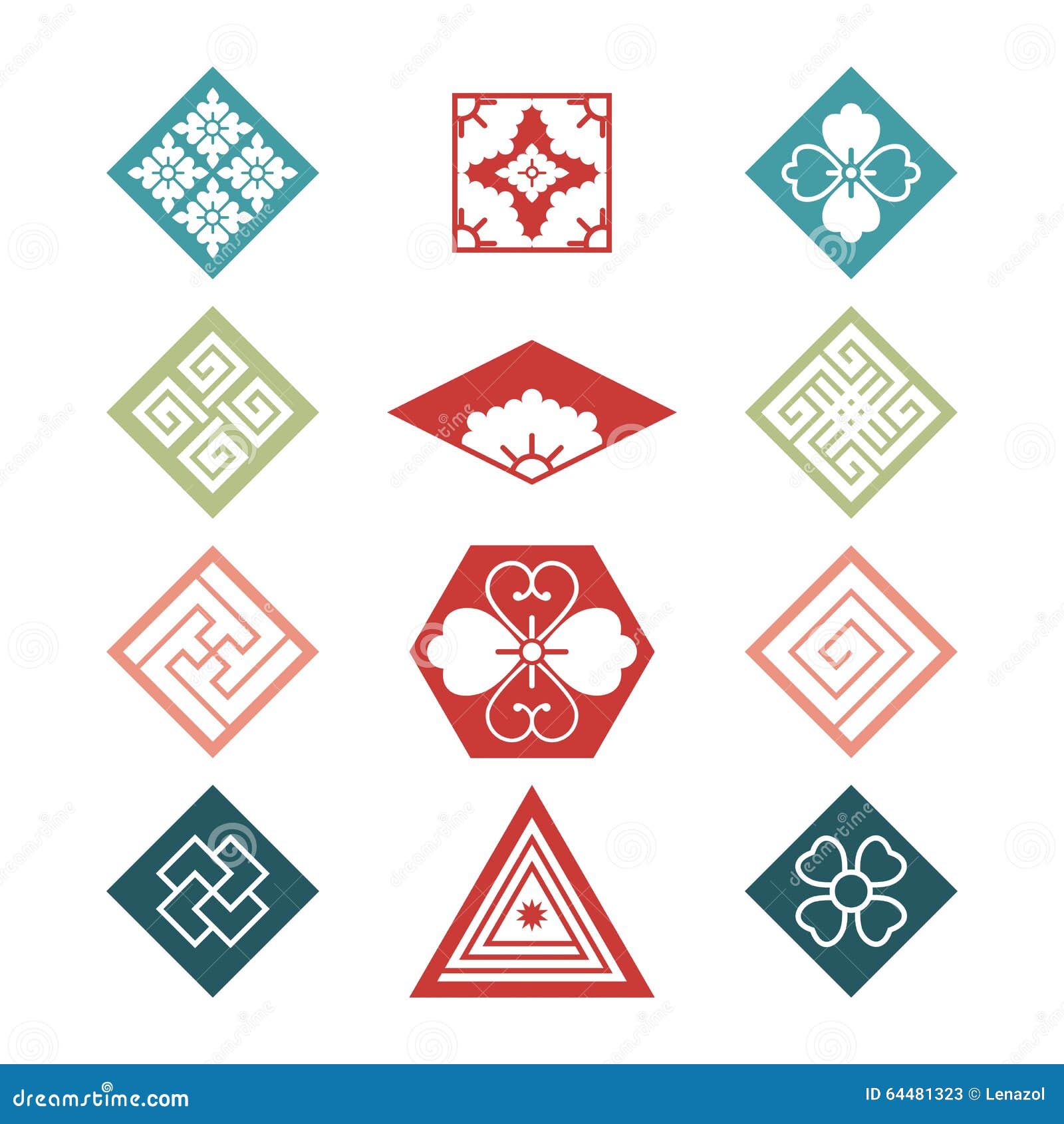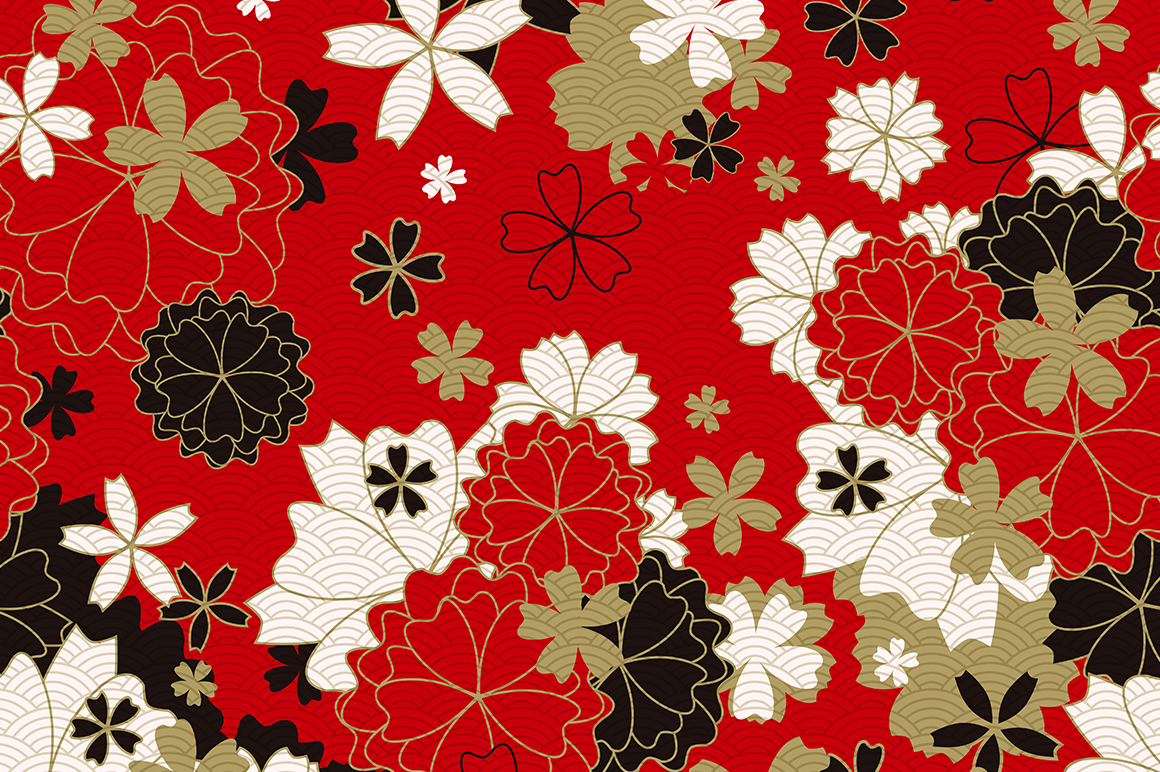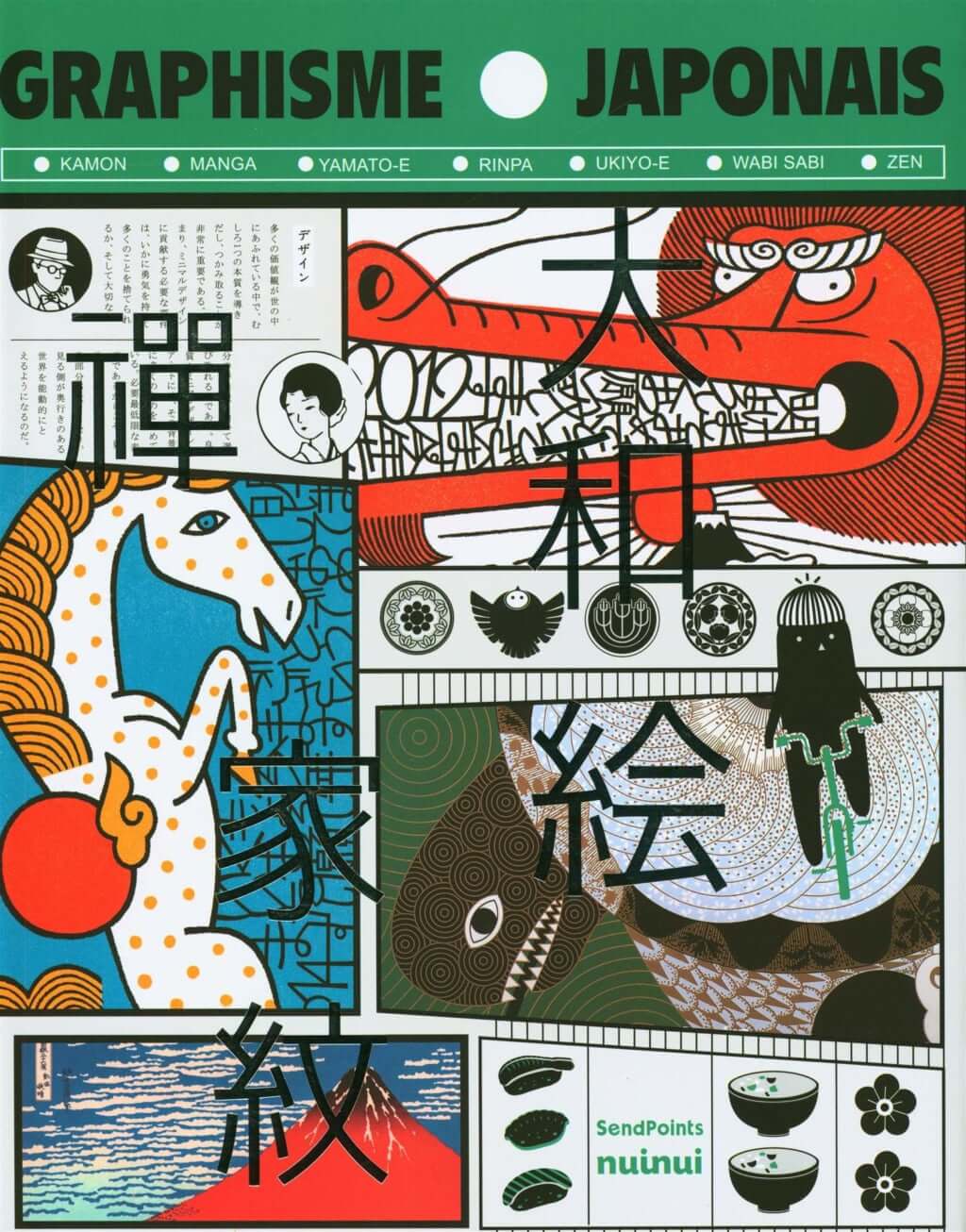Table Of Content
Japanese designers are increasingly looking back to their cultural roots for inspiration, resulting in a renewed interest in the kimono and its unique craftsmanship. The Noguchi Table, designed by Isamu Noguchi in the mid-20th century, channels the Japanese-American designer’s fascination with surrealism and zen gardens. It was developed using traditional Japanese materials and remains one of his most iconic designs. These talented artists seamlessly blend traditional Japanese aesthetics (with modern design techniques) to create masterpieces—that are both timeless and trendy. Whether it’s through the use of traditional symbols or contemporary imagery, these elements play a crucial role in shaping the emotional impact of Japanese graphic designs. Color, imagery, and symbolism are all important elements of Japanese graphic design—designers use these elements to evoke emotional responses and create designs that are both memorable and thought-provoking.
What is Japanese graphic design called? (Styles and examples)
By embracing simplicity, harmony, and a deep reverence for nature, you can transform your living space into a sanctuary of serenity and tranquility. Take a mindful approach to this design movement with attention placed on natural materials, minimalist silhouettes, and unique details, and you’ll be able to create a covet-worthy space that is equal parts restful and welcoming. Both traditional and modern Japanese interior design styles feature a minimalist aesthetic. "In terms of appearance, old houses are made by exposing wooden pillars and beams as they are," Kaneko says, noting that modern Japanese design is sleeker.
Precision and Craftsmanship
Below is a blog article with some photos as well as a link to the book. Alongside the granular beauty and vivid abstraction of installation images of both close-up and overview shots of trees, centre stage were four new textiles. Inspired by the geometric complexity of trees, the painstakingly detailed motifs were derived from macro photographs of the fibres of wood fibres, layered with colour abstractions drawn from satellite images taken from above.
Get Our Weekly Newsletter
The end result are four textiles – Cedar, Red Elm, Red Oak, Afzelia – which capture the complex beauty of trees, balancing the delicate etchings of organic surfaces with a warmth depth of texture. Furniture was particularly high-profile, with several big name brands unveiling new collections at Salone in addition to a string of Japanese companies staging special exhibitions at sites across the wider city. Here is a round-up of highlights of Japanese brands in the creative spotlight in Milan this year.
A dozen or so small courses are served, one at a time, and it sometimes take 2 or 3 hours to complete a meal. Image 3 shows all the courses, but they are actually served one at a time. The manga style can be recognized by sharp lines and contrasts, overly expressive characters, abstract backgrounds, and moody effects. Manga is also closely related to anime (animated Japanese cartoons) and kawaii. We briefly discussed ukiyo-e woodblock printing earlier in this article. The main difference between yamato-e and ukiyo-e is that ukiyo-e emerged as a cheap way to reproduce pictures.
The American Pop Art movement of the 1950s reached Japan soon after. You can see its influence throughout modern and contemporary Japanese art. These movements formed part of the modernization of Japan while still aiming to establish Japanese printing as an art form as opposed to cheap commercial objects. You can see this in the Impressionists' choices in subject matter, their use of bright, flat colors with dark or black outlines, and playful spatial effects like cropping or zooming in. With the banning of foreign trade and the creation of "pleasure quarters," Japan's arts and culture (and other pleasures) could be enjoyed by its own people. However, Japanese culture produces the proper kind of minimalism, warm and inviting, having an appreciation for simple things and giving value to old things.
Stream Design Museum Japan Seasons & Full Episodes - pbssocal.org
Stream Design Museum Japan Seasons & Full Episodes.
Posted: Wed, 28 Feb 2024 03:11:02 GMT [source]
Artistic Collectivism
These artworks were reproducible and used bright, flat colors and striking designs. Ukiyo-e were produced mainly to adorn the homes of wealthy or noble families and up-and-coming business people. The Japanese assign spiritual meanings to things found in nature, and you should make sure to understand the significance of these symbols before you use them in your Japanese-inspired graphic designs. Japanese design often features natural scenes, paintings of animals and flowers found in the region, rock gardens, and bonsai. Being close to nature and appreciating seasonal beauty is important in Japanese culture. Seasonal events are signaled by calendar celebrations, like the falling of cherry blossoms in Okinawa.

Tadanori Yokoo “Word Image” Poster
Anime refers to Japanese animation adapted from manga or created independently for media like television and film. Japanese graphic arts retain cultural essence by sustaining aspects of traditional perspectives amidst fast-paced change. Core concepts rooted in tradition continue steering Japanese graphic arts through ever-evolving modern trends.
FAQs on Japanese Graphic Design

Designers readily adopted new production modes like Edo ukiyo-e woodblock art. Similarly, today’s innovations in digital printing drive creativity. One of the defining features of Japanese graphic design is the emphasis on balance and proportion. This timeless style is grounded in simplicity and a connection to nature. Wabi can further be described as non-attachment, having subtle insight and great depth of knowledge. The non-attachment essence of a wabi thing is said to be what gives it an original, fresh image.
A series of suspended canvases and a plywood platform – paying tribute to Zanuso’s 1946 collaboration with the painter Gianni Dova – created a journey through a string of scenographies showcasing products, old and new. Clear from the above list, Japanese and Scandinavian interior design already have many similarities. Japandi interiors make use of neutral tones, but they often include more dark colors than in a straightforward Scandi design.
This explains why you'll often see symbols like cherry blossoms, birds, mountains, etc., in Japanese visual arts and design. Minimalism is a Japanese design trend that has influenced designers worldwide because of its austerity, simple beauty, and the philosophy of owning fewer things but giving them a higher value. If you want an amazing Japanese artwork that stands out from the competition, work with a professional designer. Find and hire a designer to make your vision come to life, or host a design contest and get ideas from designers around the world.
Despite digital design dominance, letterpress printing is witnessing a revival in Japan. This traditional technique uses a physically movable type pressed into paper. It emerged in Japan in the 1600s but dwindled with offset lithographic printing in the 1900s. Popular place-based characters appear on local souvenirs and at community events.
Another hallmark of Japanese graphic design is the integration of natural elements and landscapes. Japanese design echoes the country's verdant gardens and architecture, too. "It's such a beautiful culture," Ashizawa says, referencing the gardens and their timeless beauty. The serene Japandi design aesthetic, which combines Japanese and Scandinavian styles, is gaining popularity in the US. This peaceful approach to decorating encourages relaxation at home by mixing the cultural ethos of both regions into one technique. However, to fully grasp Japandi, you first comprehend each region's fundamental design elements.
In other words, Japanese interior design abides by the rule that less is more. Japanese design, grounded in simplicity and a connection to nature, features clean lines, rough-hewn textures, a neutral palette, and minimal styling. For Keiji Ashizawa, architect and product designer of Keiji Ashizawa Design in Tokyo, the word that comes to mind is harmony. "We are trying to harmonize, always. We harmonize the color palette and the materials," Ashizawa says, citing the importance of complementary shades and textures. The culture has a deep and long history and it’s fascinating how these design principles have permeated into religion, philosophy, life style, culture, and aesthetics in various ways over a millennium.

No comments:
Post a Comment